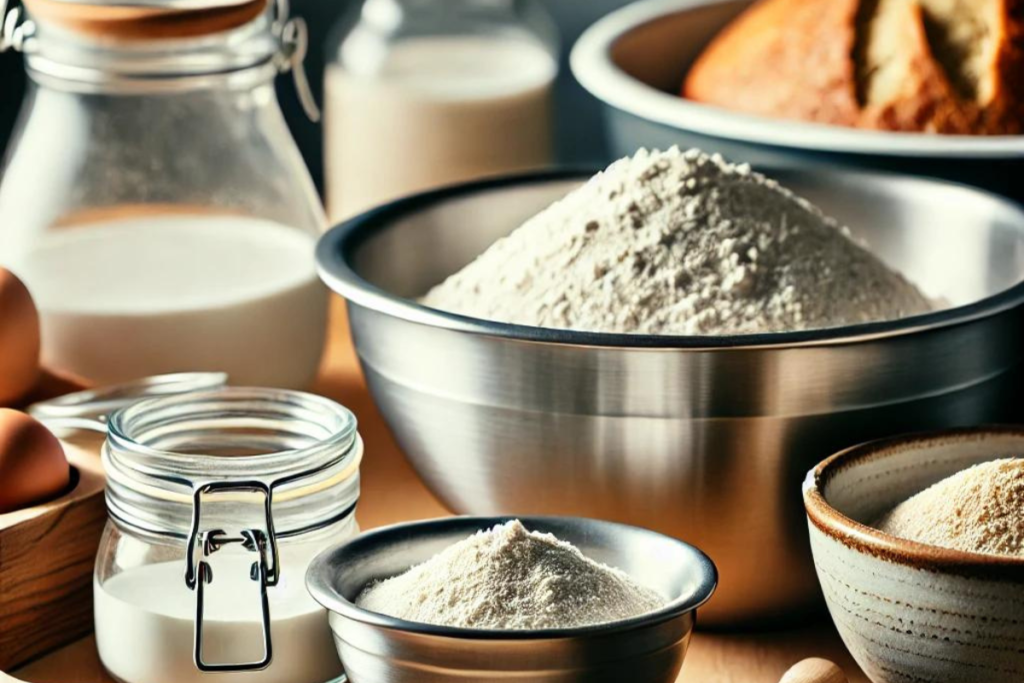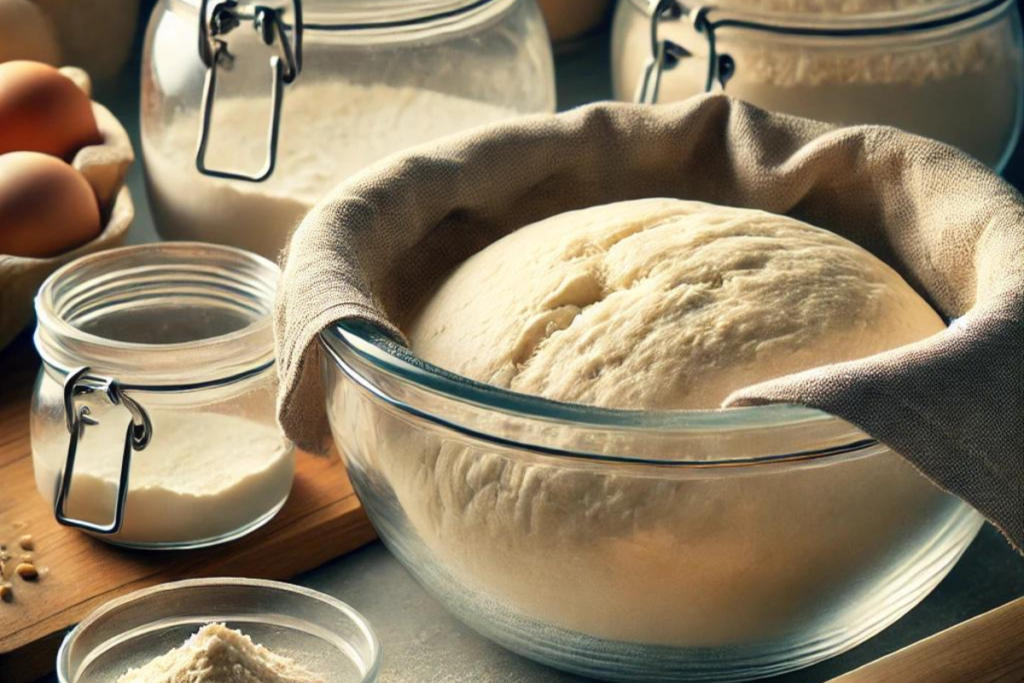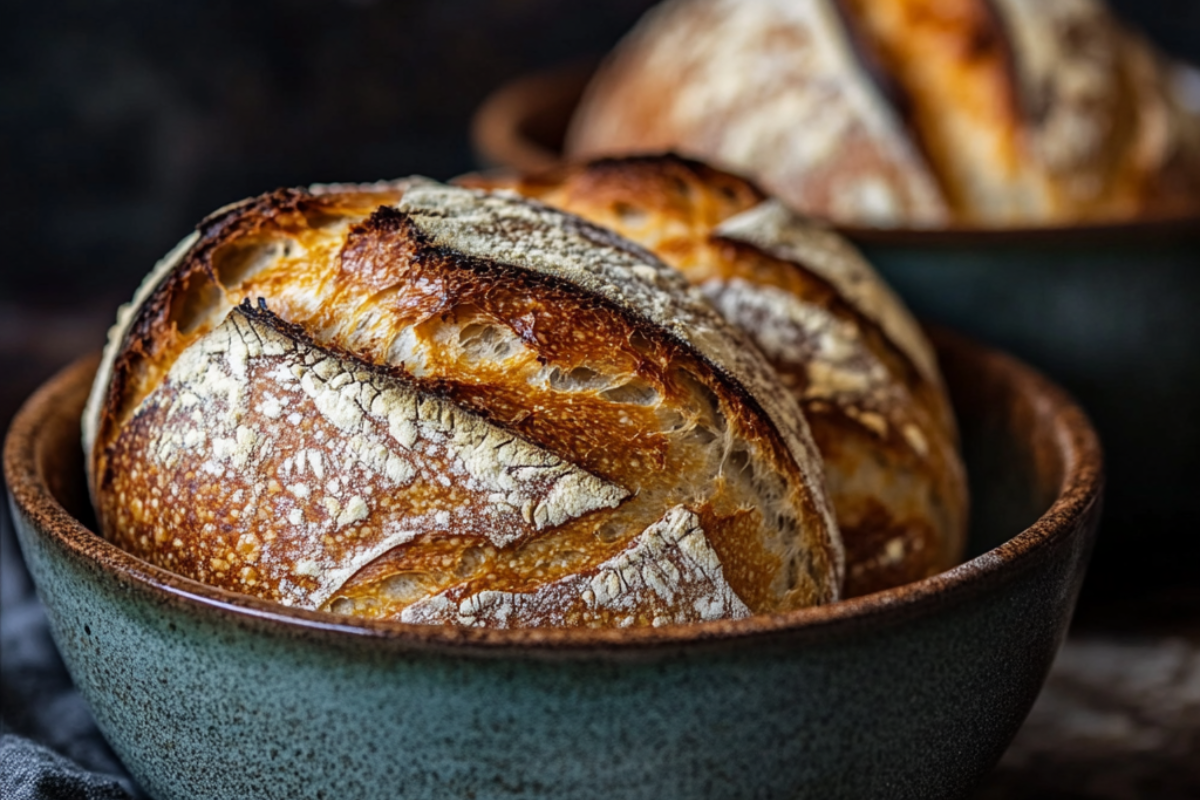Choosing the best bowl for making sourdough bread is essential, as it can significantly impact how your dough ferments, rises, and bakes. Whether you are new to sourdough or an experienced baker, using the correct mixing and proofing bowls will make the process smoother and improve your results.
This guide will show the best bowls for making sourdough bread, considering different materials, sizes, and types. By the end, you’ll you’ll clear idea of what to look for when selecting the perfect bowl.
Why the Right Bowl for Sourdough Bread Matters

The type of bowl you use can affect your dough’s texture, rise, and overall outcome. For instance, some materials, like stainless steel or ceramic, help maintain a consistent temperature, which is crucial for proper fermentation. Furthermore, it’s important to distinguish between mixing and proofing bowls. A mixing bowl allows for easy combining of ingredients, while a proofing bowl ensures that the dough holds its shape as it rises.
If you’re about creating unique bread bowls, check out this creative bread bowl recipe for a fun twist on sourdough baking.
How to Choose the Best Bowl for Making Sourdough Bread

When selecting the best bowl for making sourdough bread, there are several factors you need to consider:
- Material: The material of your bowl plays a significant role in dough handling and fermentation. Here are some popular options:
- Stainless Steel: Durable, non-reactive, and lightweight.
- Glass: Let you monitor the dough as it rises.
- Plastic: Affordable and practical, but ensure it’s failsafe.
- Ceramic: Retains heat well, ideal for proofing.
For more insights into choosing the right equipment, check out these helpful kitchen tips, which explore how tools can affect your recipes.
- Size: The bowl should be large enough for the dough to double. A 4—to 5-quart bowl typically works best for most recipes.
- Shape: A more bottomless bowl helps contain the dough during mixing, while a more expansive, shallow bowl allows for better dough expansion during fermentation.
Best Materials for Sourdough Bread Bowls

Stainless Steel Bowls for Sourdough
Stainless steel bowls are strong, lightweight, and non-reactive, meaning they won’t interfere with the ingredients in your dough. They are also easy to clean and store, making them a baker’s favourite.
Glass Bowls for Sourdough Bread
A glass bowl offers the advantage of letting you see the dough’sdough’station process. Watching the bubbles form can help you determine when your dough is ready. However, because glass is heavy and breakable, it requires careful handling.
Plastic Bowls for Sourdough
Plastic bowls are chosen for their lightweight and budget-friendly nature. Be sure to use food-safe plastic to avoid unwanted chemicals. While convenient, plastic bowls may absorb odours over time, so they need proper cleaning after each use.
Ceramic or Bisque Clay Bowls for Sourdough
Ceramic bowls are excellent for proofing because they hold heat well, helping the dough ferment steadily. They are heavier than other options but add a traditional aesthetic touch.
Mixing Bowls vs. Proofing Bowls for Sourdough Bread
While you can use one bowl for mixing and proofing, many bakers prefer using separate bowls for each task. This helps to optimize dough development during different stages:
- Mixing Bowls for Sourdough: These bowls must be large and sturdy enough to handle mixing without sticking. Stainless steel and glass are both excellent choices due to their durability.
- Proofing Bowls for Sourdough Bread: Also known as bannetons, these bowls help the dough maintain its shape as it rises. They are usually made from wicker or bisque clay, allowing the dough to form a crusty outer layer.
Additionally, if you’re interested in reducing waste and maximizing your ingredients, explore this helpful recipe for using sourdough discard for creative ways to use leftover starter.
Popular Options for Sourdough Bread Bowls
Here are some of the best options for bowls when making sourdough:
- Stainless Steel for Sourdough: Vollrath graduated bowls are durable, lightweight, and great for mixing and proofing.
- Plastic Bowls for Sourdough Bread: Lightweight and affordable, plastic bowls are ideal for beginners and easy to clean.
- Ceramic or Bisque Clay Bowls: Handcrafted ceramic bowls are perfect for proofing and ensuring a nice crust.
In conclusion, selecting a bowl for making sourdough bread can significantly improve your baking experience. Whether you choose stainless steel, glass, plastic, or ceramic, each material offers unique benefits for dough fermentation and handling.
Experimenting with different types of bowls is a great way to find the one that works best for you. You’ll quickly find delicious, homemade sourdough bread with the right tools!
